Our Approach
As every site is different, Net Zero North follow a clear development procedure through assessment, design, planning and construction. This procedure also ensures that for any project, the restoration work is scientifically informed and optimised for environmental benefit and enables best practice to be repeatable for future projects. Net Zero North are also able to provide monitoring services such as restoration mapping which has been used historically by Clients to provide the evidence base to justify further investment in peatland restoration projects.
Due to the remote nature of peatland/moorland restoration projects, the Net Zero North team have specifically developed bespoke plant and equipment to improve efficiency and productivity whilst reducing environmental impact when engaged in construction on restoration works. One such example is development of bespoke sphagnum and cotton grass planting machinery. Team members of Net Zero North pioneered the development of an innovative method for dealing with excavated ‘functioning’ peat, enabling peat to be ‘translocated’ in its live form to degraded receptor sites in bulk where it is ‘stitched’ into the moorland fabric to become a functioning soil again.
A fundamental element of Net Zero North’s success has been through developing strong and long-lasting relationships with its supply chain. Key to bare peat restoration is the use of materials which supports the sites ecology. Heather brash for example is an important part of the restoration process. Net Zero North work with several upland estate suppliers to cut and harvest heather for the restoration process. Given the remote nature of projects, quality supply of heather brash is essential to ensure seed growth and therefore successful restoration. Net Zero North also work with its suppliers to source quality locally sourced organic material and native plant seed mixtures, indigenous to the area.
Whilst the UK Government recognises the importance of rural conservation, the central challenge facing Net Zero North’s Clients is one of reduced budget. With best practices comes best value and through cost and value creation, Net Zero North have risen to this challenge by delivering outstanding outcomes for Clients.
UK wide peatland
restoration is still
significantly off track.
Peatland Restoration
Nature Strategy for Net Zero
Combined Government targets for England, Scotland and Wales for peatland restoration.
Climate Change Committee (CCC) recommended UK-wide peatland restoration rate
Headlines over the last few years have been dominated by extreme weather events, and floods have been amongst the most frequent and devastating. Many of the UK’s major river catchments rise in the blanket bog areas of the uplands which, when in good condition, soak up the water and release it slowly, reducing the height, and ultimately the cost of flooding to society. The challenge however is that many of these upland blanket bogs are badly damaged (78% of UK peatlands are degraded) and unable to store water. Peatlands cover 12% of the UK and their restoration has never been more pressing.
The Climate Change Committee (CCC) Progress in reducing emissions Report to Parliament[1] (June 2023) highlighted that peatland restoration is still significantly off track in comparison to targets set. Barriers cited in the report that require addressing include increasing capacity to design, verify and deliver restoration plans.
[1] Progress in reducing UK emissions – 2023 Report to Parliament (theccc.org.uk)
Net Zero North is a leading peatland restoration contractor, involved in design and development of peatland restoration projects in multiple habitat types across the UK. The Net Zero North team have pioneered developments in peatland restoration techniques which aid the recovery of badly damaged peatlands. Key peatland restoration services provided include:
- Brash spreading
- Gejoute supply and installation
- Grip blocking
- Gulley reprofiling and blocking
- Heather bales
- Native seeding and fertilizer application
- Peat translocation
- Plug planting
- Sphagnum harvesting and inoculation
- Rewetting
Net zero north
- Capacity To Design
- Capacity To Verify
- Capacity to deliver restoration plans and projects
Biodiversity Net Gain
Renewable Energy Developments
Biodiversity Net Gain (BNG) is a way to contribute to the recovery of nature while developing land. BNG is an approach to development, and/or land management, that aims to leave the natural environment in a measurably better state than it was beforehand. BNG will apply from November 2023 for developments in the Town and Country Planning Act 1990 (unless exempt).
As part of BNG, developers must try to avoid loss of habitat to the piece of land where development work is planned to take place. Where this cannot be achieved, habitat must either be created on-site or off-site.
The Net Zero North team has successfully delivered award winning habitat creation and enhancement projects akin to BNG for renewable energy developments (both onshore wind and solar PV). As such the Net Zero North team has considerable practical experience of when and how BNG should be considered. Net Zero North have typically been brought into the project team early, so that the possible BNG requirements can be incorporated into the scheme design and the overall costs understood and managed.
The Net Zero North team is well placed to assist in both the design and implementation of BNG for renewable energy projects so please get in touch for further advice and information.
Renewable Energy Project Infrastructure
Net Zero North is an experienced and skilled ground works contractor with team members all having been involved in all aspects of solar PV and onshore wind farm construction. In addition to sensitive landscape restoration work, Net Zero North is also able to provide ground works services including:
- Site clearance
- Site access construction, and construction of internal site access tracks and hardstanding areas.
- Excavation of turbine bases and crane pads, stoning and levelling.
- Peat management
- Cable trench excavation (including sanding and backfilling).
- Turbine foundation landscaping works.
- Reinstatement and landscaping of the site, including vegetation replacement/re-seeding
